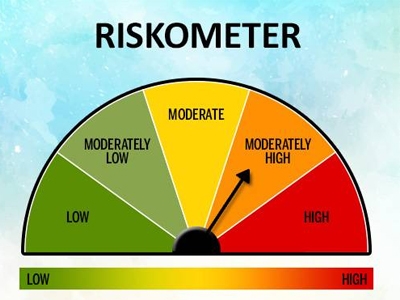Back in October 2017, when SEBI came up with 16 categories of debt funds, the market regulator did not categorically define what amount of duration risk a credit risk fund can take or what amount of credit risk can various duration funds take.
Now, nearly three years and a few credit events later, SEBI has come up with guidelines that could go a long way in helping investors determine if the scheme is true to its label. Yes, you guessed it right -guidelines on Risk-o-meter.
Through the recent circular on Risk-o-meter, SEBI has prescribed a risk value to liquidity risk, credit risk and interest rate risk of a debt fund security. The regulator has also asked fund houses to revise Risk-o-meter of their scheme on a monthly basis and disclose it on their website from January 2021.
Currently, fund houses assign risk level of schemes based on the category of the scheme. There is no provision to revise the risk level of a fund. For instance, if a fund house launches an ultra-short duration fund, its risk-o-meter will depict its risk level as ‘Moderately Low’, irrespective of the risk that the particular scheme is taking.
Risk assessment on a scheme-to-scheme basis
However, from January 2021, risks in an MF scheme will be assessed on a scheme-to-scheme basis rather than category-to-category basis. This means even within the same debt fund category, two different schemes can have different risk levels based on the instruments they hold. Simply put, while ultra-short duration scheme of ABC fund house can have ‘Moderately Low’ risk, ultra-short duration scheme of XYZ fund house can have ‘High’ risk on its Risk-o-meter.
An industry expert said that with new Risk-o-meter, SEBI plugs the gap in 2017 debt fund categorisation to some extent. He added that though the new rules do not necessarily restrict fund houses from taking high credit risk in a scheme category that is perceived as a safe one, it certainly would point out if a fund is taking higher risk to generate higher returns and is not true to its label.
Risk history
With fund houses releasing the risk report every month, every fund in the industry will now have a risk history like NAV history. This can be useful in determining suitability of a fund based on the risk appetite of an investor.
Experts feel that one of the issues that the industry struggled in the past is to marry risk with returns. But now, investors will know that with higher returns, the risk will also go up either through credit, liquidity or interest risk.








